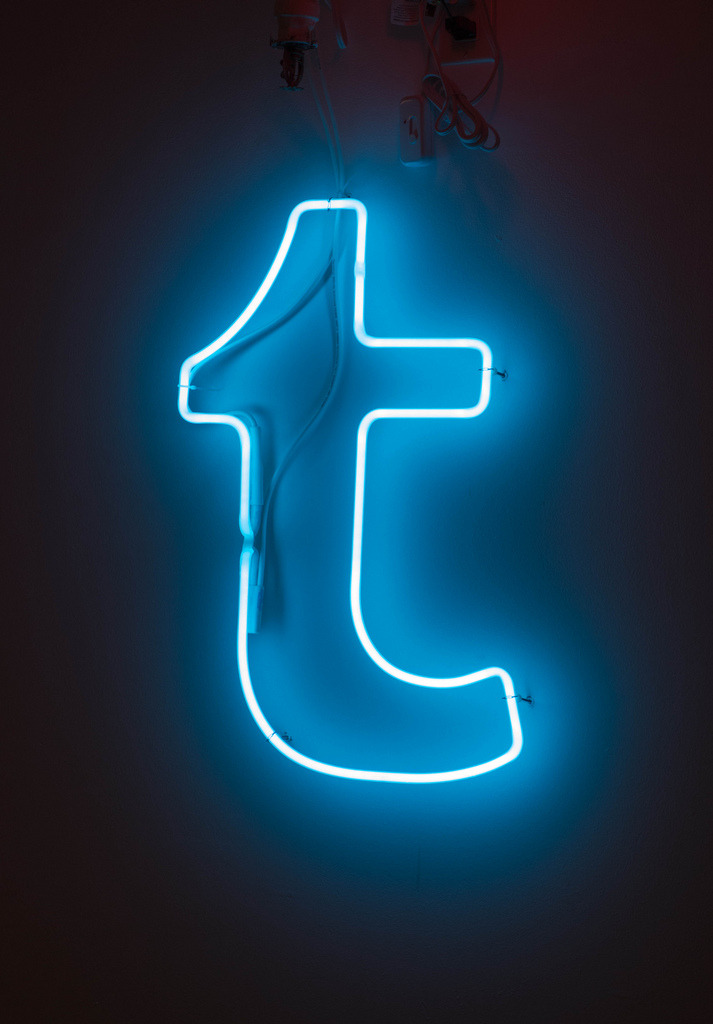The anterior cruciate
ligament (ACL) is a non-elastic fibrous band located within a
person’s knee that connects the thighbone to the leg bone. The
ligament provides stability to the entire knee and restricts the knee
joint from bending backwards.
Due to the ACL’s
non-elastic nature, it is susceptible to tearing. A torn ACL is
actually a common injury. According to surveys, 250,000 Americans
suffer from torn ACLs every year, while according to medical experts,
most of these torn ACL cases were sustained through sports or
sports-related activities.
It
was not too long ago that ACL tears were considered the ultimate
career-killing injury in sports. Today, however, ACL tears are no
longer considered the career-killing injury they used to be thanks to
advances in sports medicine. In fact, athletes who have torn their
ACL like Adrian Peterson and Jamaal Charles have been able to return
to the field and continue playing at a high level.
Although professional
athletes have proven that ACL injuries can be overcome, younger
athletes should realize that ACL injury recovery is not easy.
Different people recover at different speeds, as evidenced by Rajon
Rondo and Danilo Gallinari’s recovery. With dedication to physical
therapy and the help of an experienced orthopedic surgeon, young
athletes can now recover from ACL tears and continue to chase their
dreams of one day becoming professional athletes.

